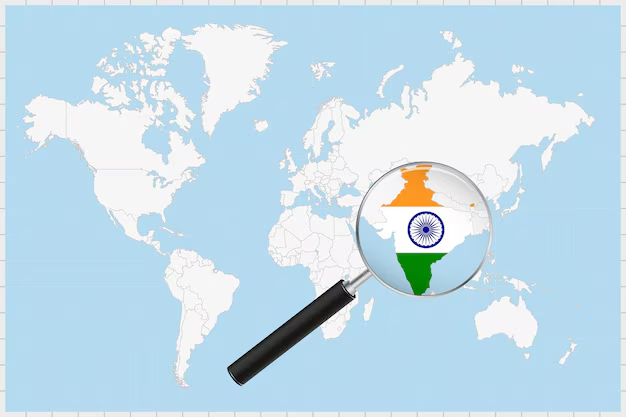Introduction
As India steadily becomes a global digital power, the importance of structured, transparent, and citizen-centric information is increasing rapidly. The term “Bharat Information” now represents more than just government data — it symbolizes the future of a digitally aware, informed, and empowered India.
But what does the future hold for Bharat Information? What changes can we expect in how information is created, shared, and accessed in the next 10 to 20 years?
In this article, we explore the exciting developments and expectations that define the future of Bharat Information.
The Evolution So Far
Before diving into the future, it’s important to understand how far we’ve come:
- Launch of Digital India in 2015 revolutionized online governance
- Platforms like DigiLocker, UMANG, and MyGov brought services to citizens’ fingertips
- E-governance portals have simplified processes like PAN, passport, and tax filing
- Open data platforms now support academic research, startups, and innovation
Now, the journey is shifting toward automation, AI-driven insights, real-time updates, and full citizen participation.
What to Expect in the Future of Bharat Information
1. AI-Powered Information Systems
The future will bring the rise of AI-powered government data systems that:
- Provide personalized information to users based on their region, age, and needs
- Predict and suggest government schemes, jobs, or resources relevant to individuals
- Translate complex policy documents into simple language using natural language processing
- Answer citizen queries in real-time via AI chatbots in regional languages
This will make accessing Bharat Information as easy as talking to a virtual assistant.
2. Real-Time and Predictive Governance Data
Instead of static content, future platforms will deliver:
- Live dashboards of government performance (budgets, execution, health metrics, etc.)
- Predictive models to warn citizens about floods, pandemics, or infrastructure failures
- Integrated crime, traffic, and pollution tracking across all states and cities
- Real-time election data and voter engagement reports
This will build a transparent and proactive governance model for the next generation.
3. Hyperlocal Bharat Information
Instead of just national or state-level data, users will get access to local panchayat-level and block-level information:
- Local weather, mandi rates, electricity schedules, and job opportunities
- Updates from local bodies (gram panchayats, municipalities, etc.)
- Notifications for local events, schemes, and public meetings
This hyperlocal focus will bridge the urban-rural information gap.
4. Blockchain-Based Public Records
To ensure transparency and prevent manipulation, government records may soon be stored on blockchain technology, making them:
- Tamper-proof
- Easily shareable with permission
- Secure and fully traceable
Property records, birth/death certificates, pension status, and even exam results could all become part of a decentralized Bharat Information framework.
5. Multilingual and Inclusive Platforms
As Bharat Information grows, accessibility will improve via:
- Full-scale multilingual support, covering all 22 official Indian languages and dialects
- Voice-based access for illiterate citizens
- Sign-language enabled digital videos for the differently abled
- Offline content access for areas with limited internet
This will ensure no citizen is left behind in the digital future.
6. Integration with India Stack and Digital Identity
With platforms like Aadhaar, DigiLocker, UPI, and ONDC, Bharat Information will evolve into:
- A personalized information dashboard for every citizen
- Centralized access to government and private services via one digital identity
- Paperless, presenceless, and cashless service delivery
This will make Bharat Information the core of India’s digital economy.
7. Citizen Participation in Information Building
In the future, information won’t just come from the government — citizens will contribute through:
- Verified crowdsourcing apps for local updates
- Community feedback systems on public services
- Online voting for local issues and policies
- Citizen journalism platforms supported by real data tools
This participatory model will increase trust, accountability, and grassroots democracy.
Challenges Ahead
While the vision is bold, Bharat Information’s future will also face obstacles:
- Data security and privacy concerns
- Misinformation and deepfakes spreading faster than facts
- Uneven internet access and low digital literacy in remote areas
- Resistance from traditional systems and bureaucratic delay
But with smart policy, public-private partnerships, and continuous innovation, these can be overcome.
Conclusion
The future of Bharat Information is more than just digital records — it’s about empowering 1.4 billion citizens with real-time, reliable, and responsive data that transforms lives.
From AI to blockchain, and from local governance to national transformation, Bharat Information will be the backbone of a developed, informed, and united India.
As we move towards Amrit Kaal and the Viksit Bharat 2047 vision, Bharat Information will define how we learn, grow, participate, and thrive in the modern world.

